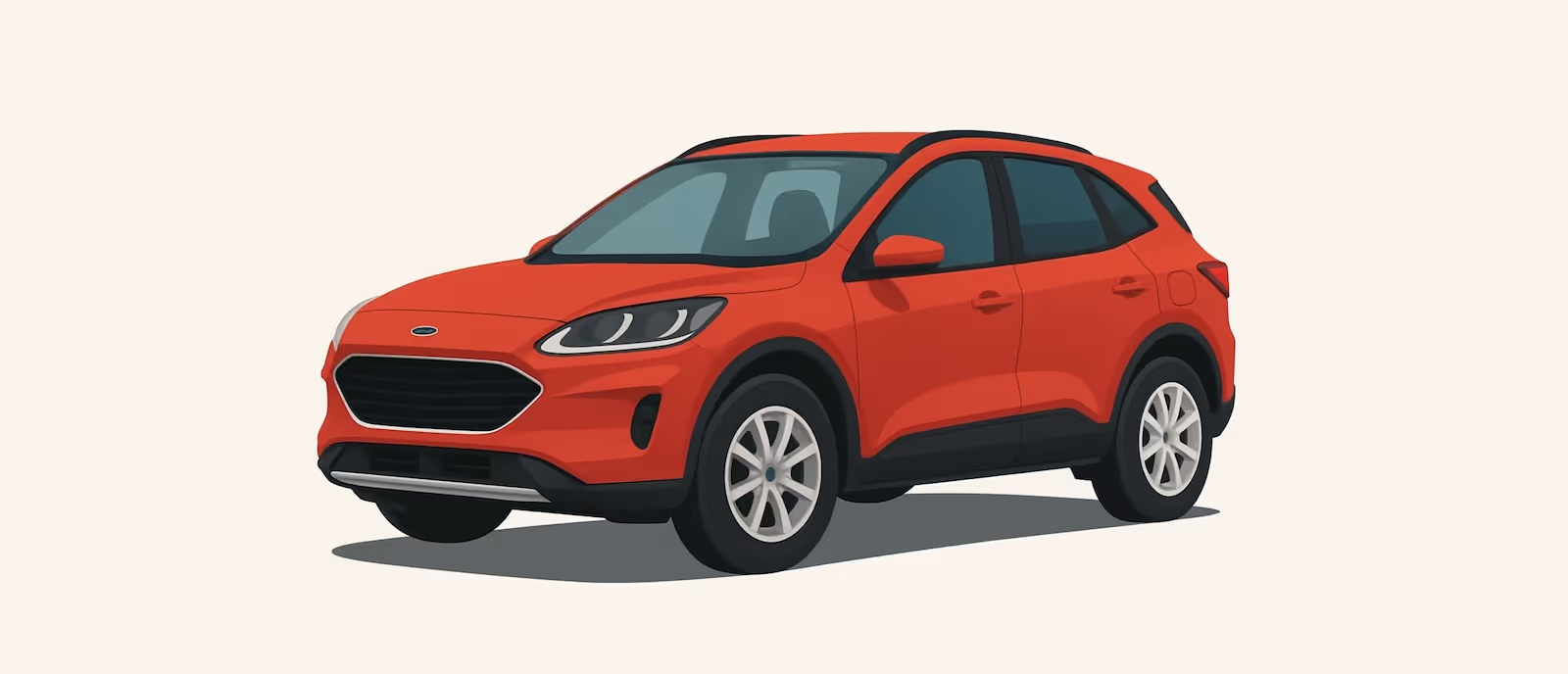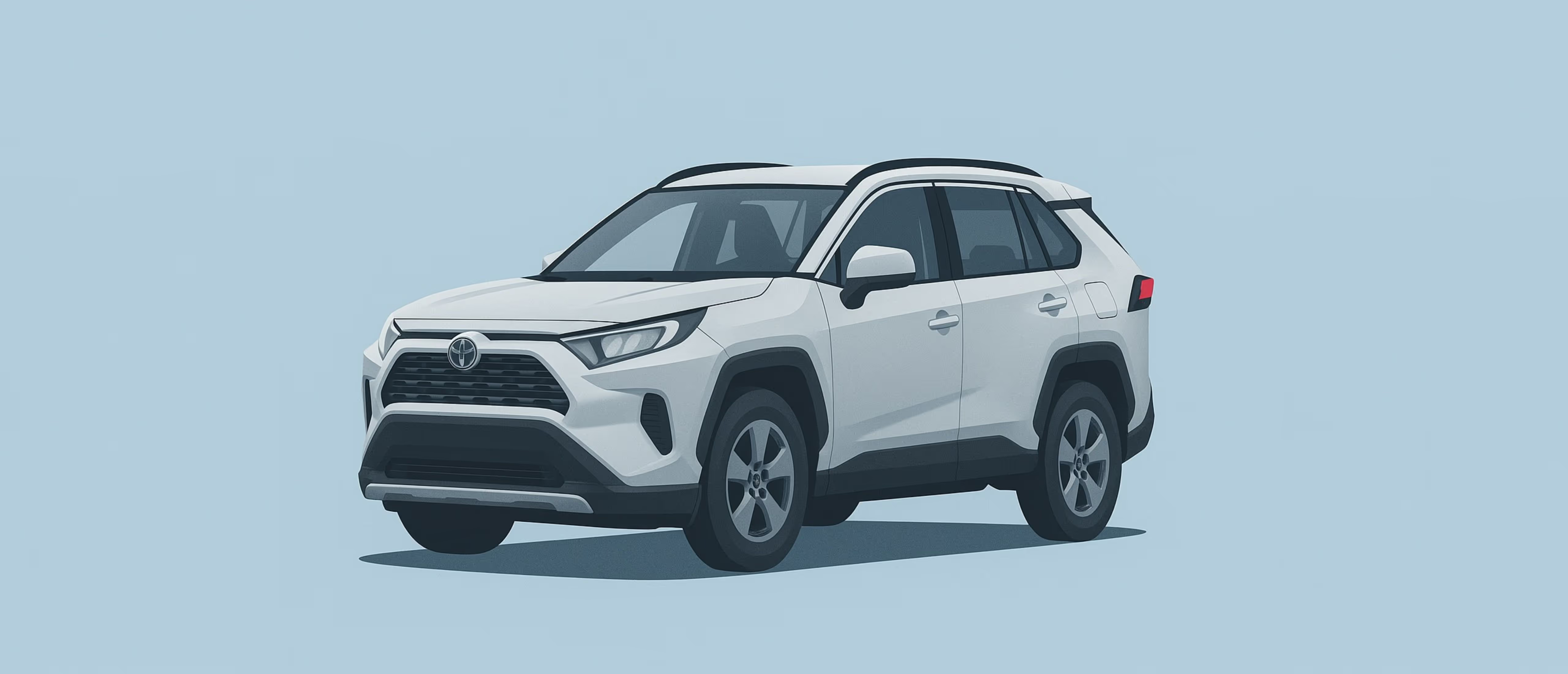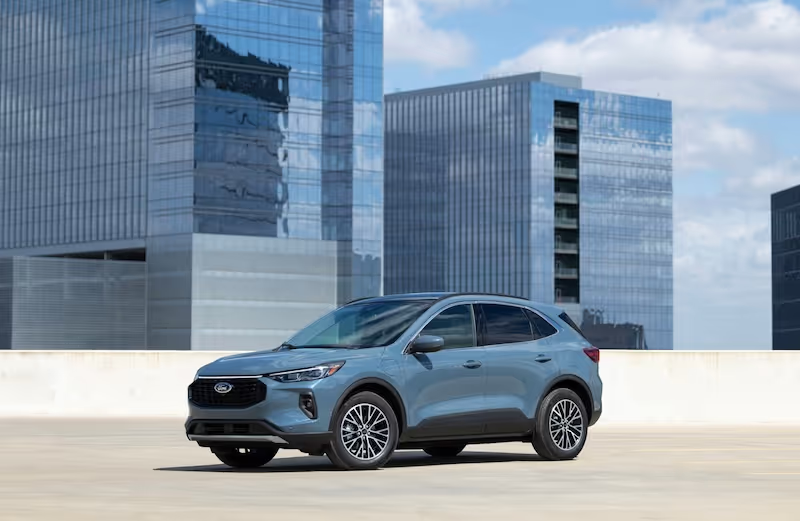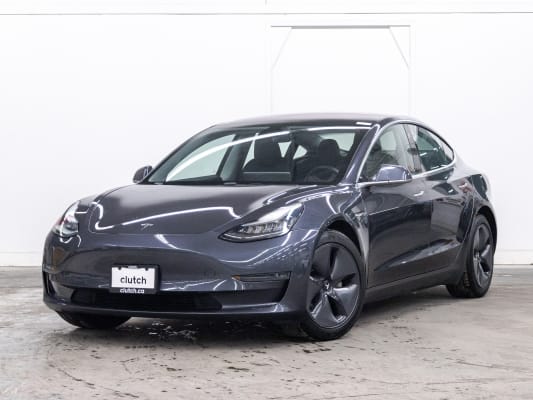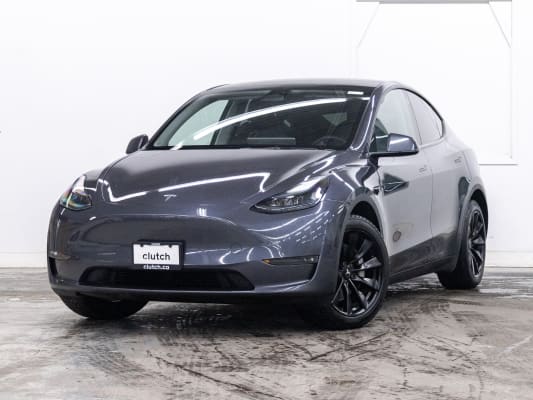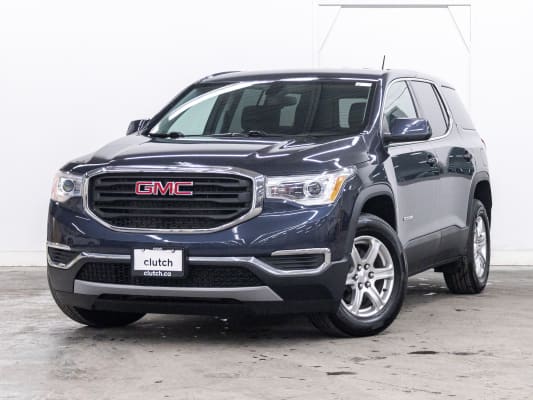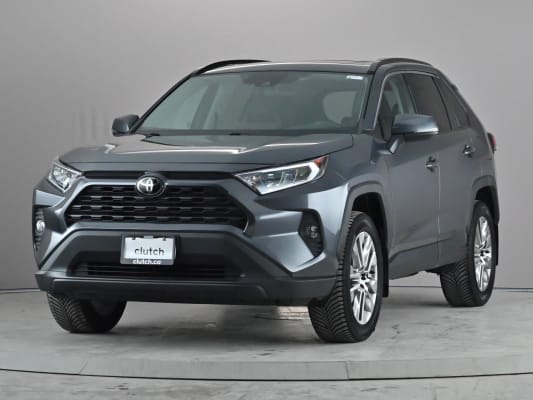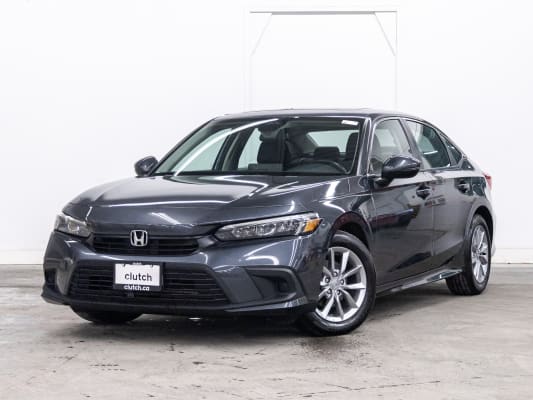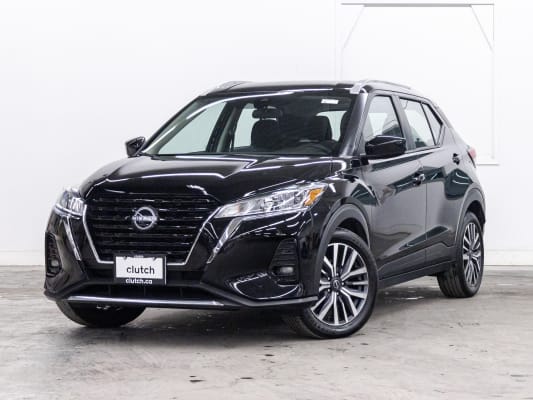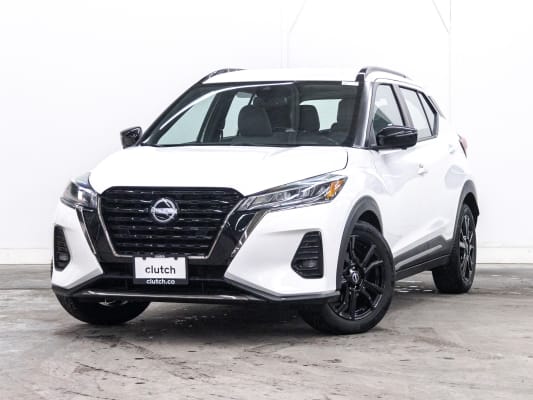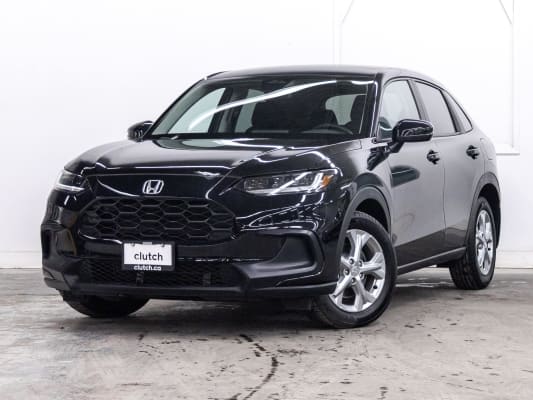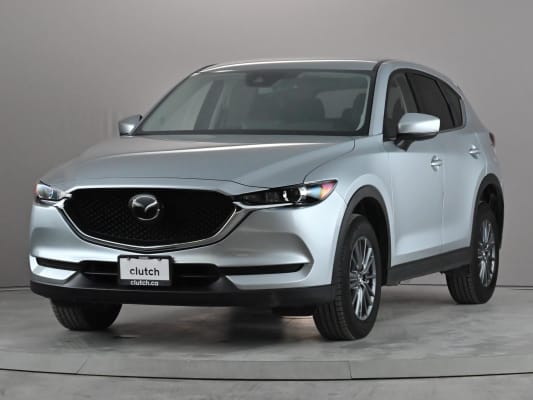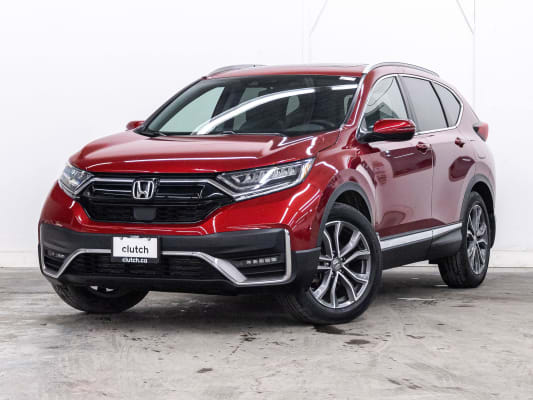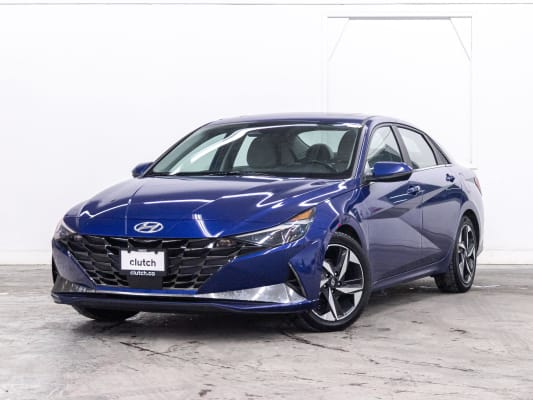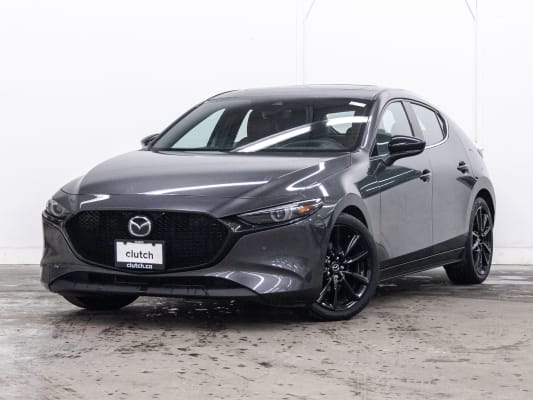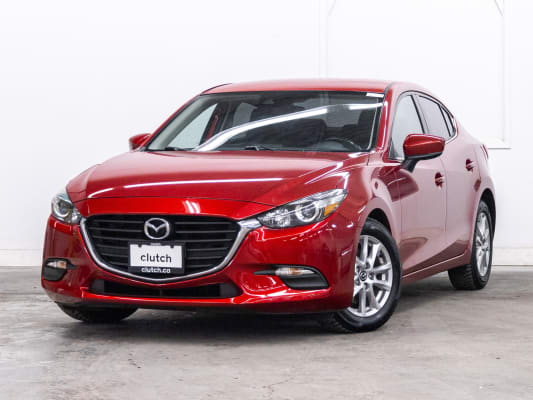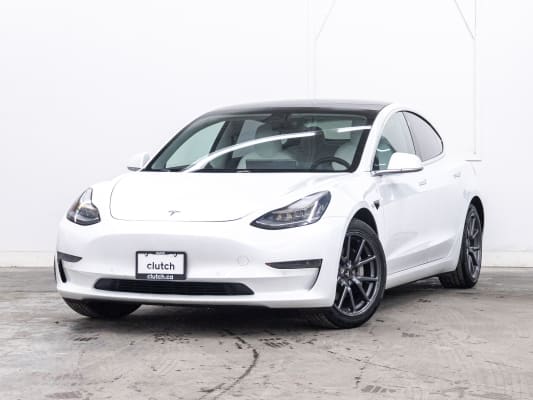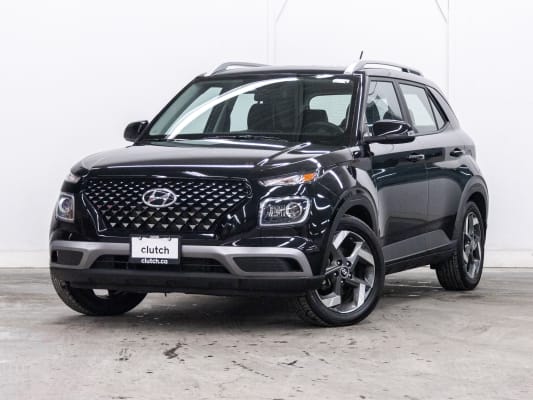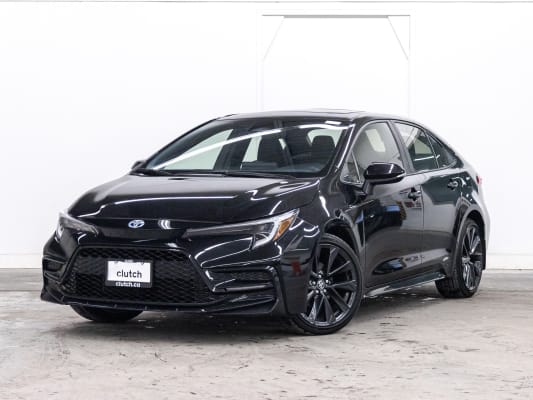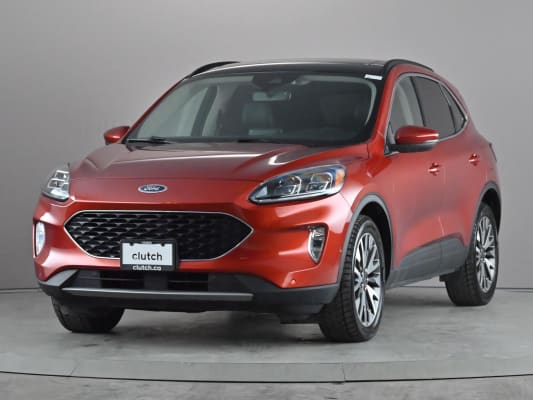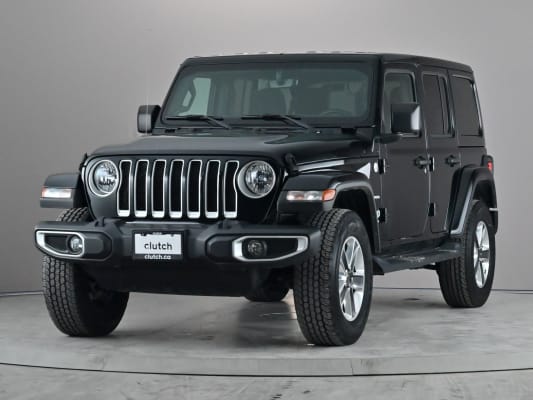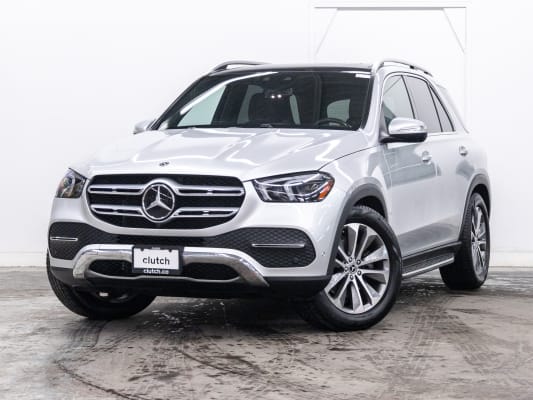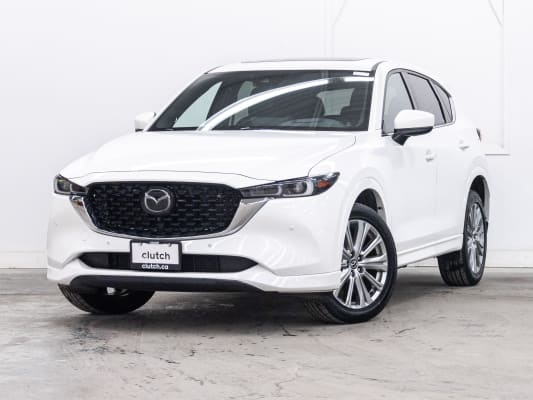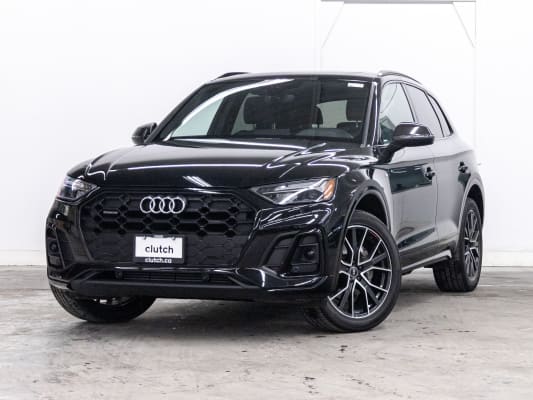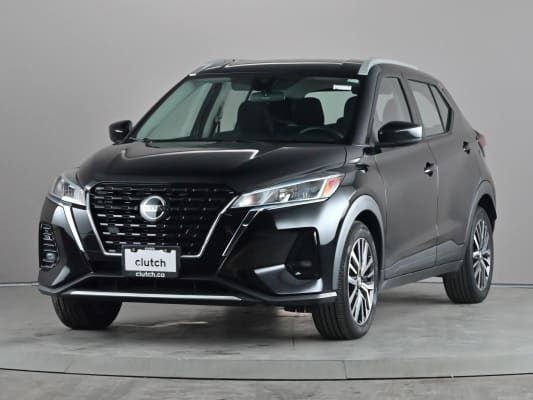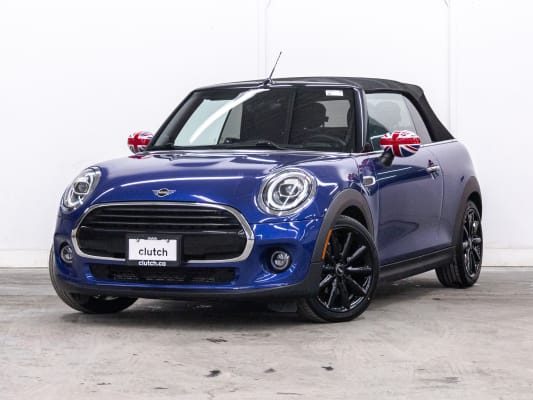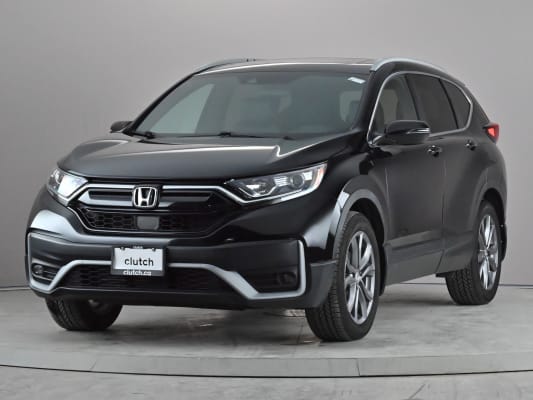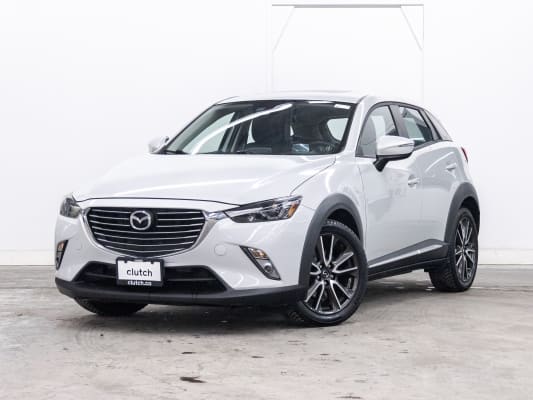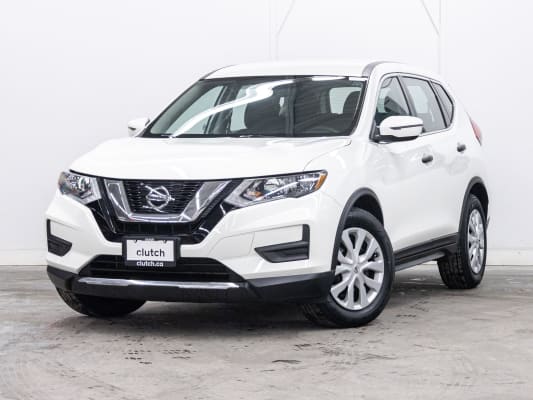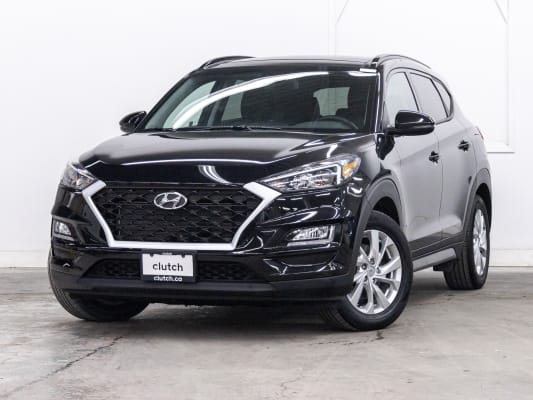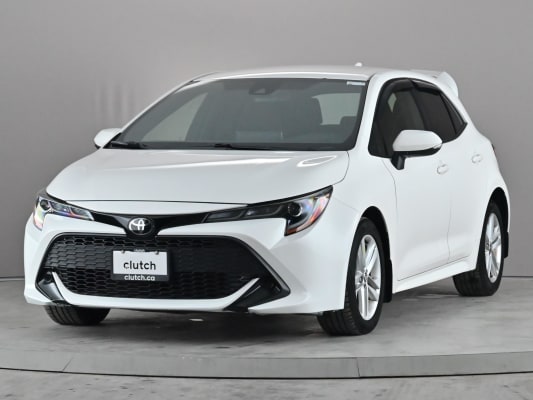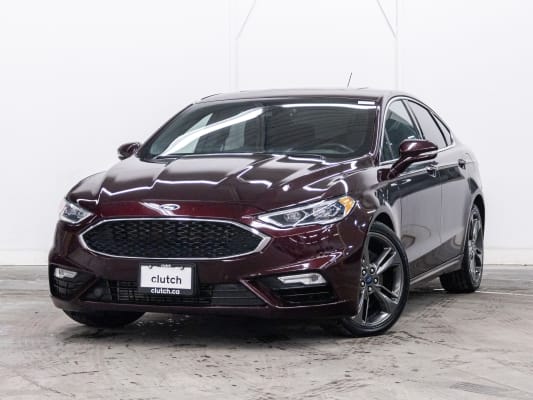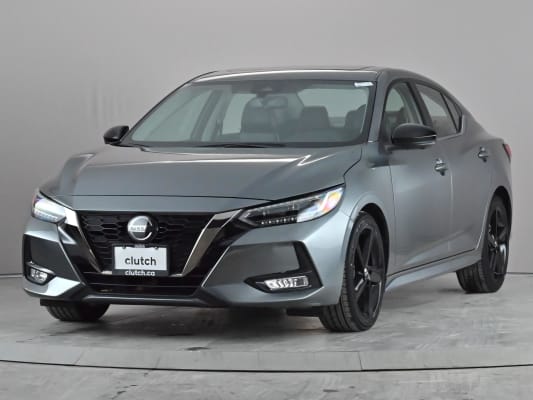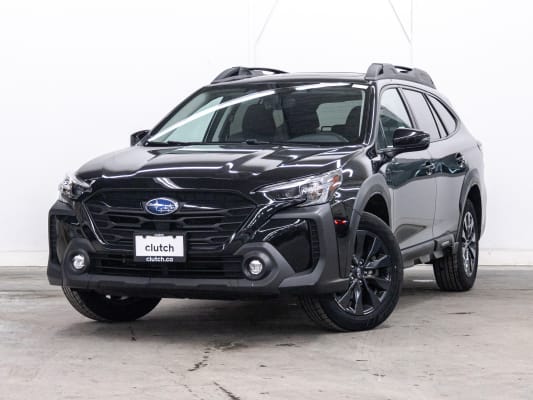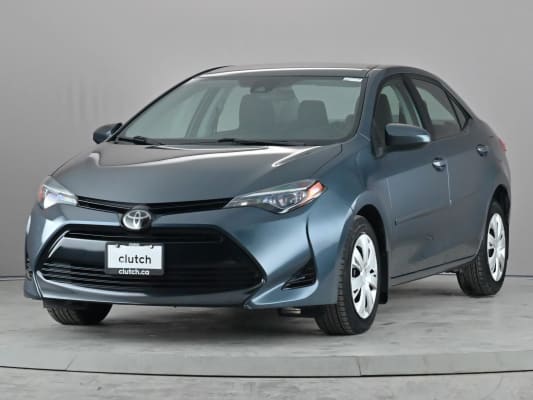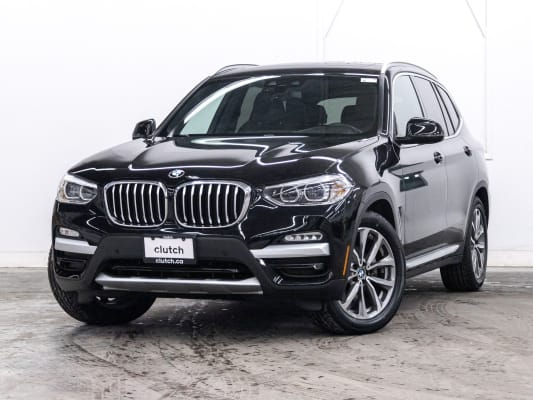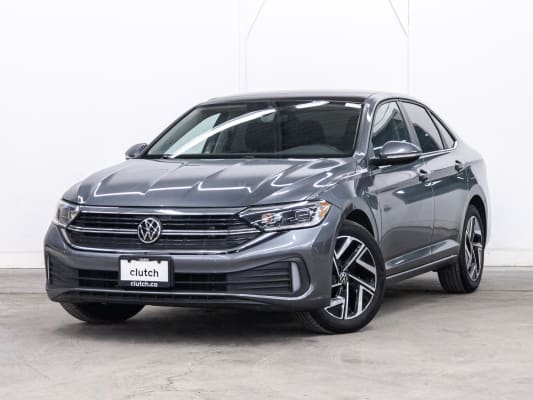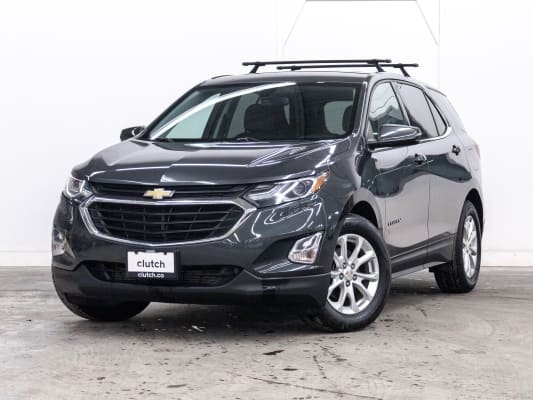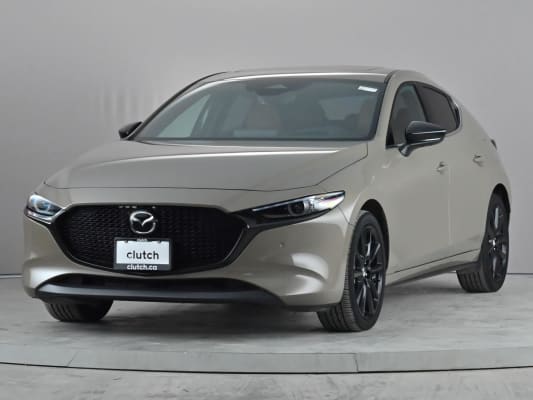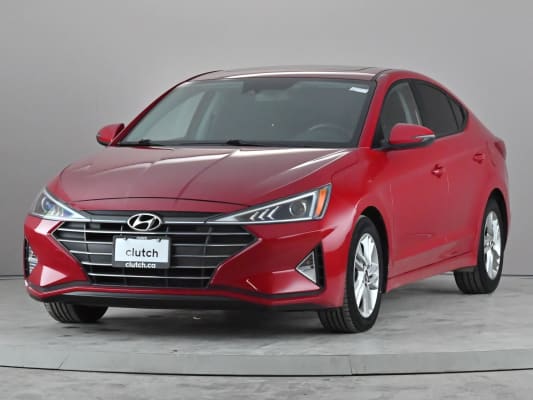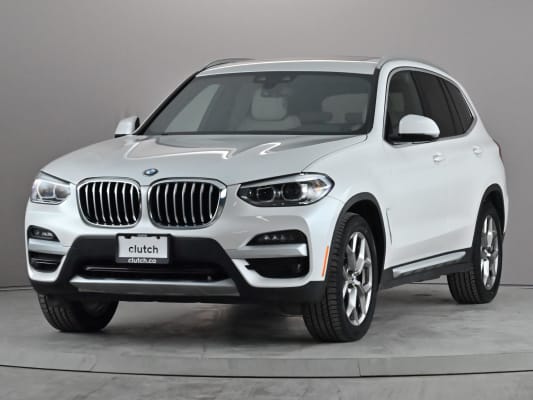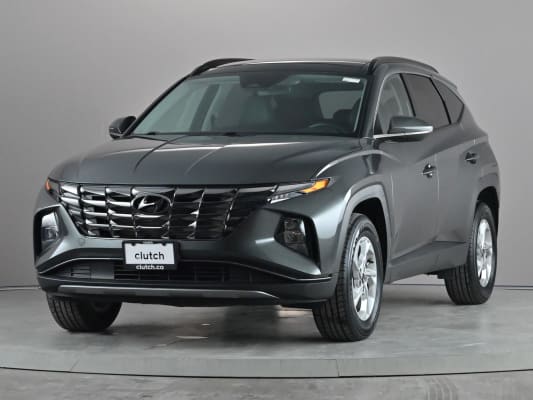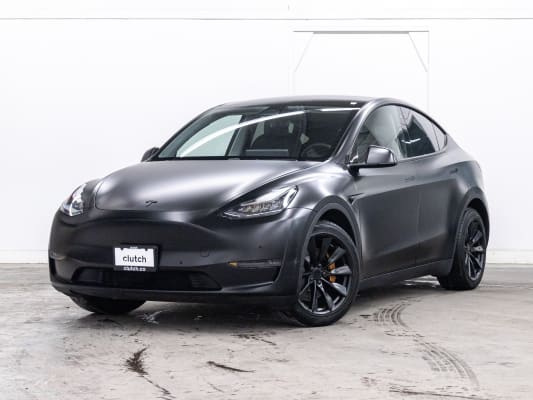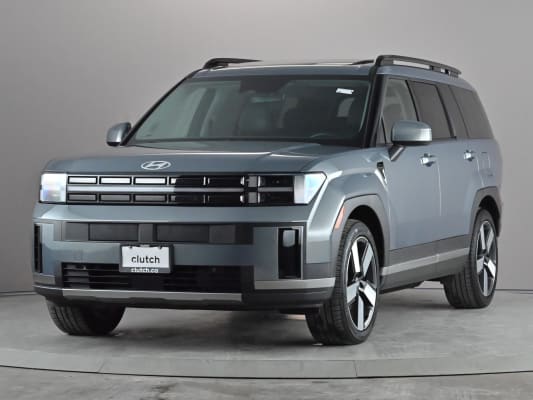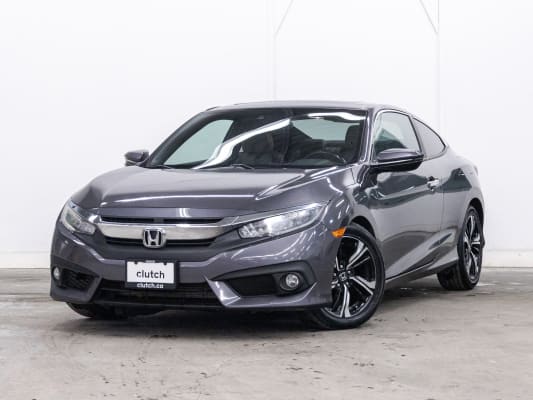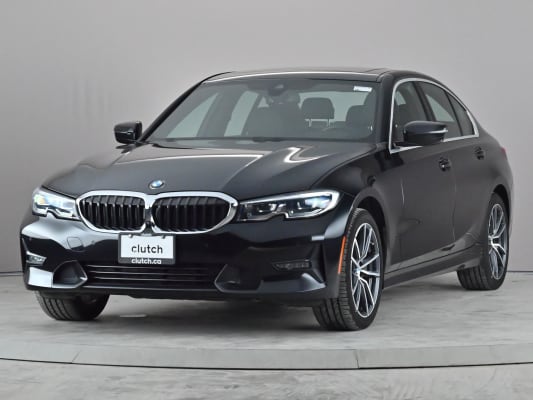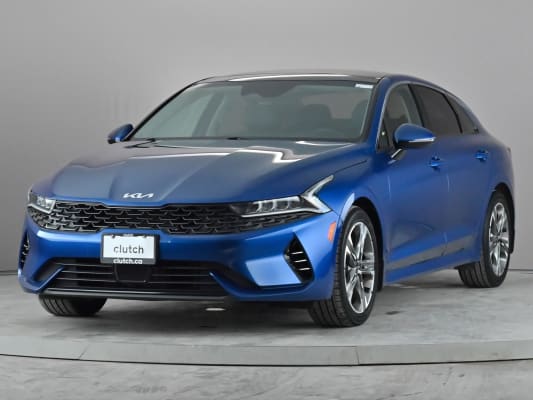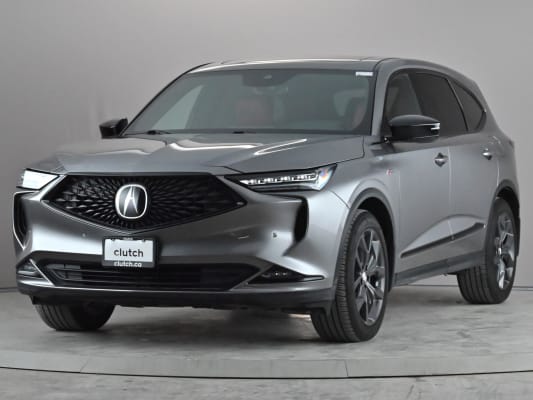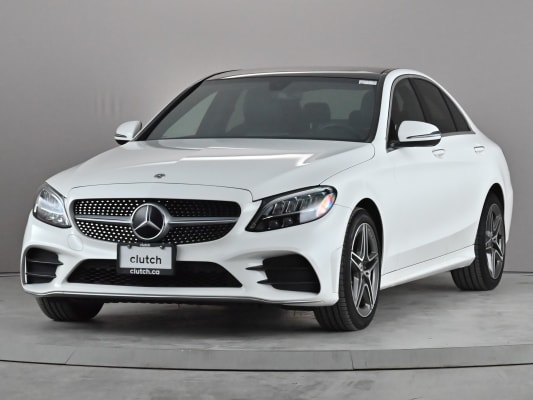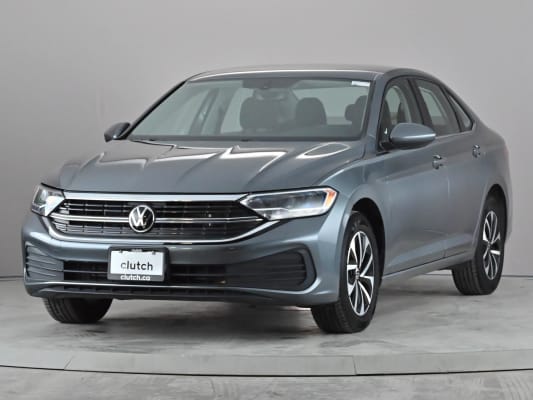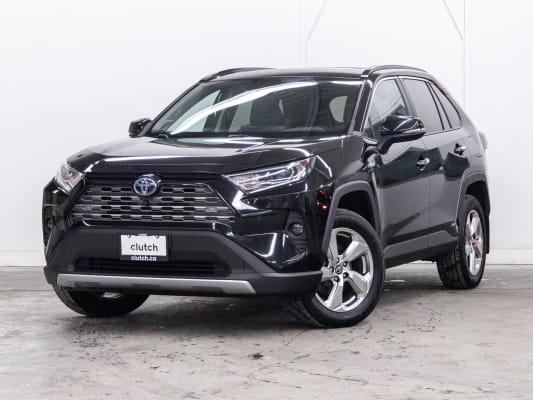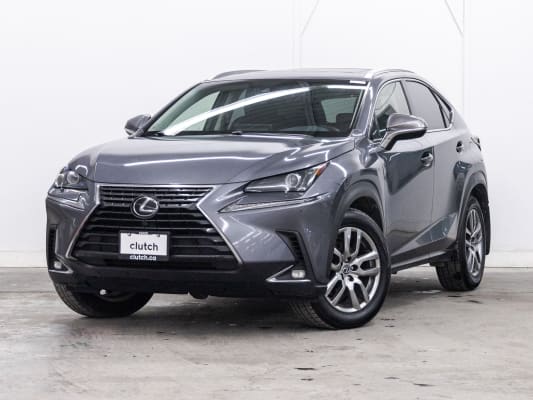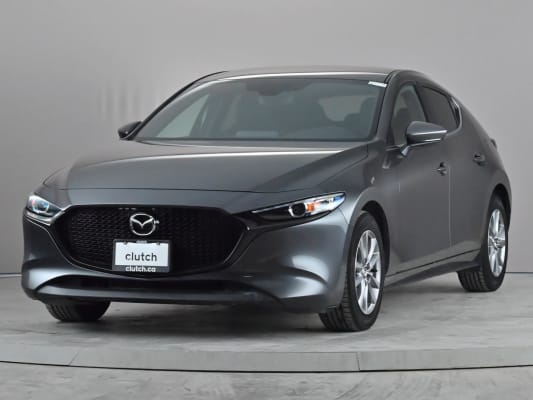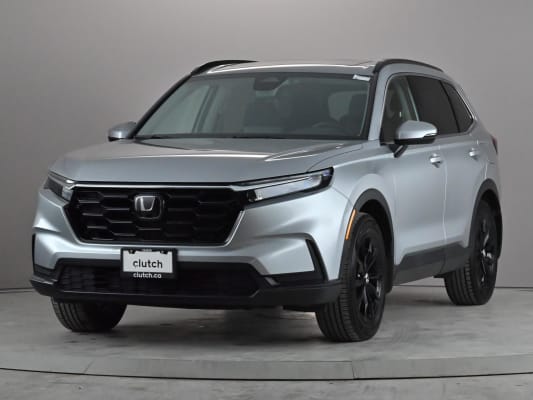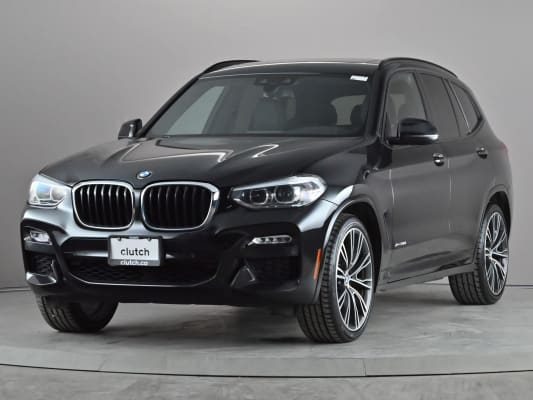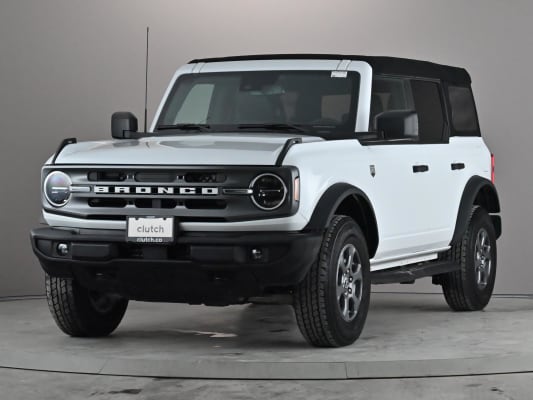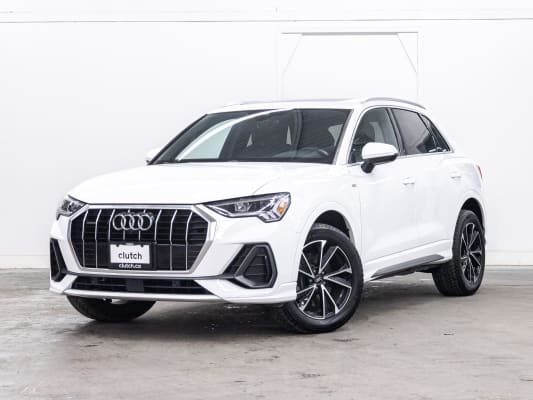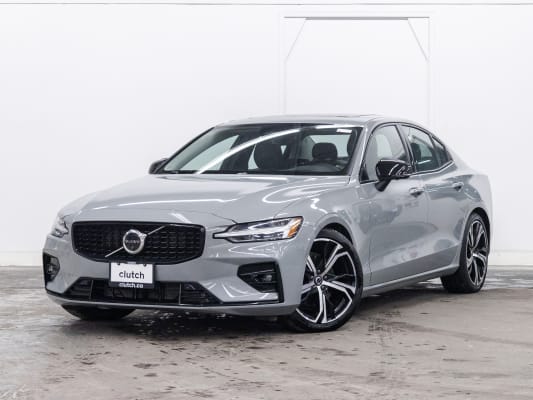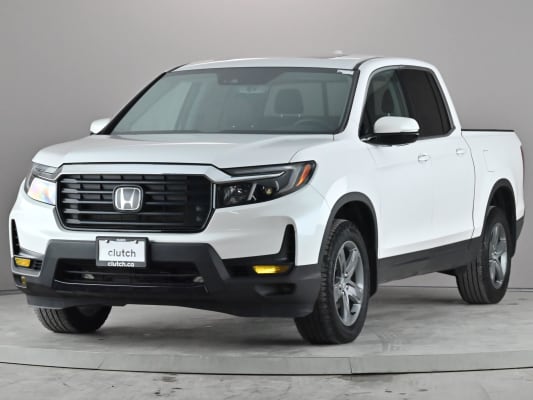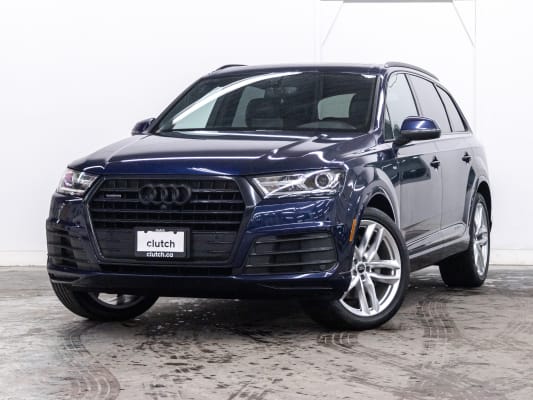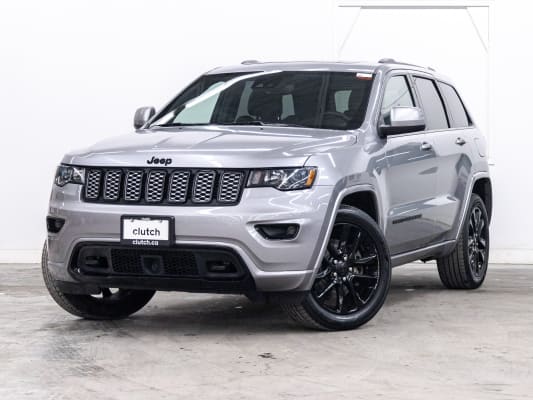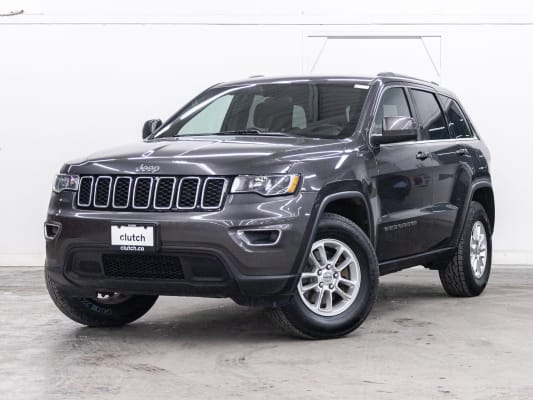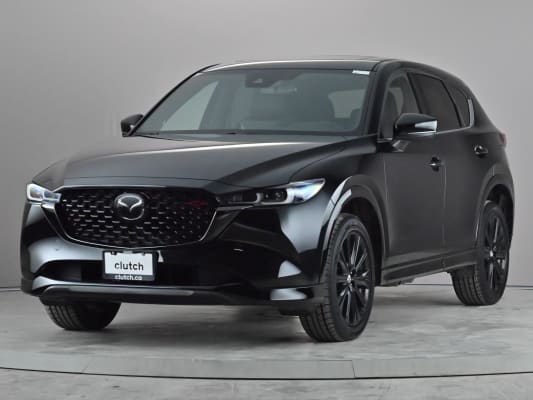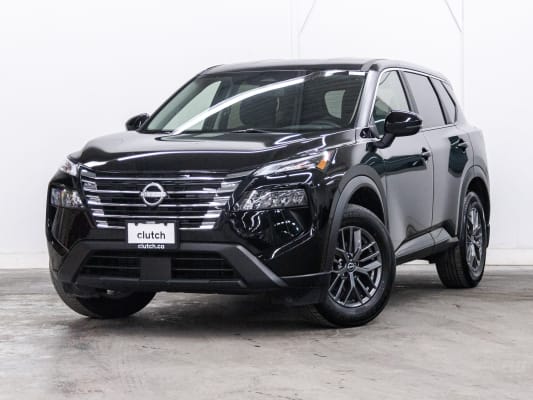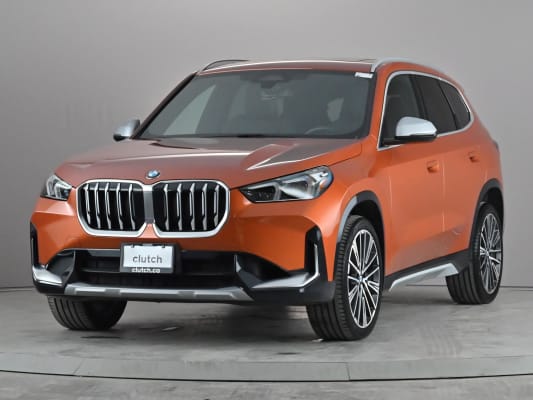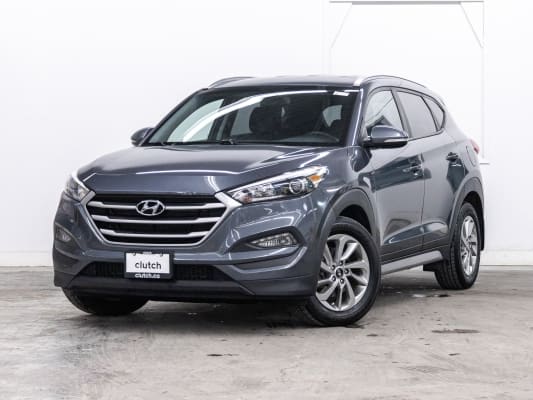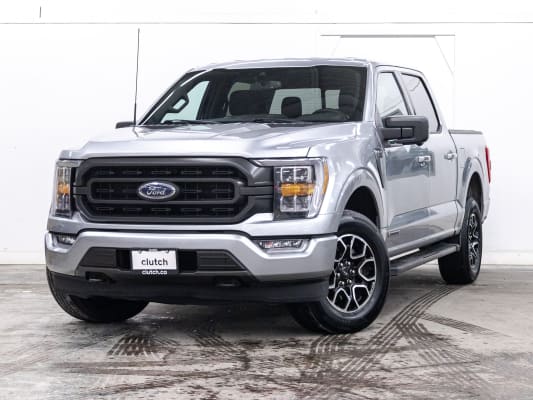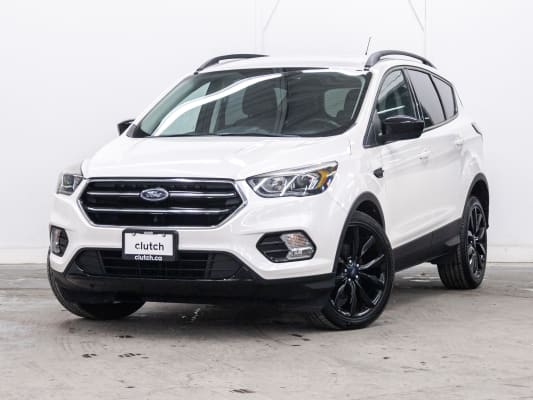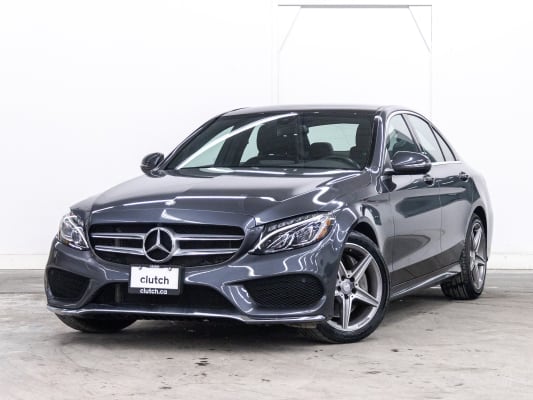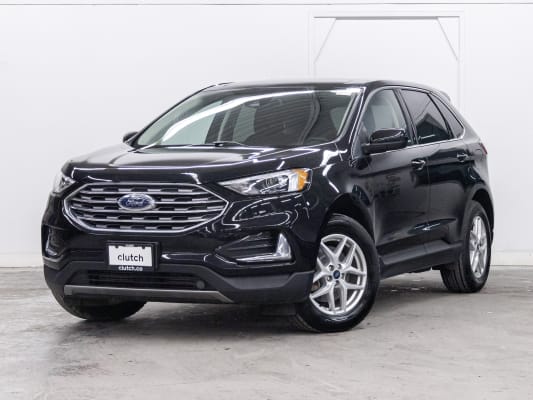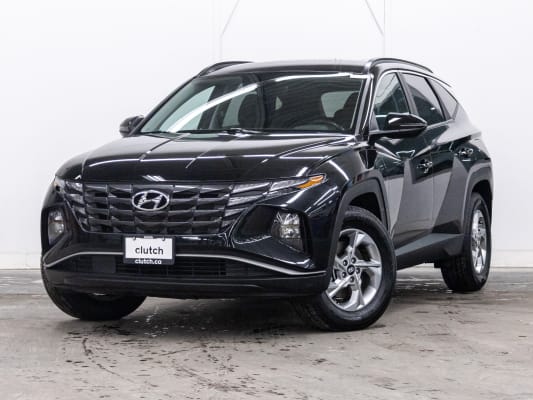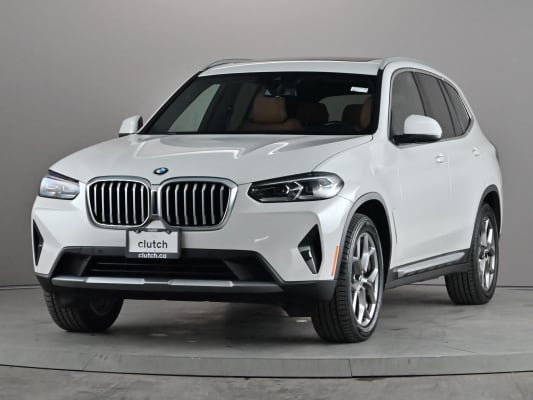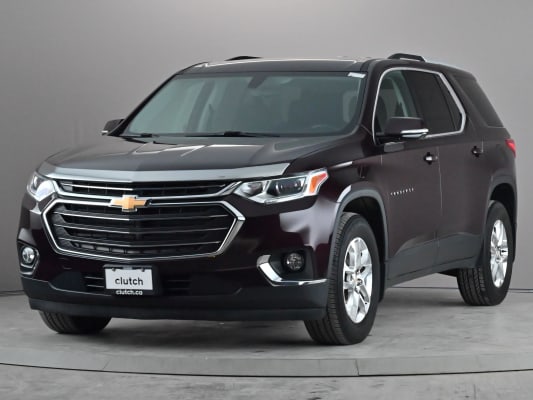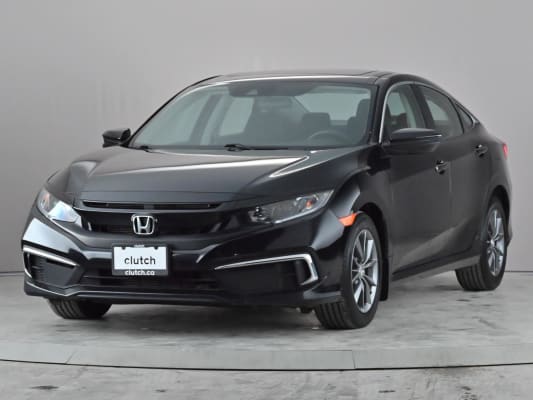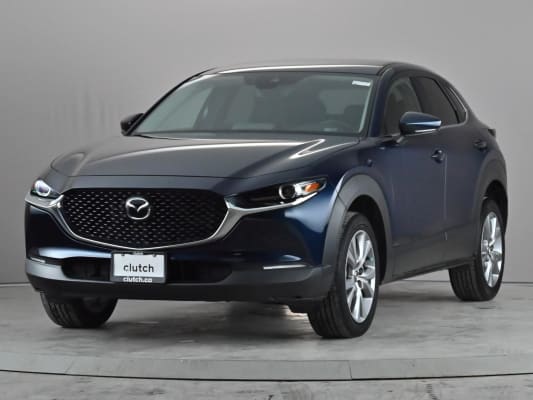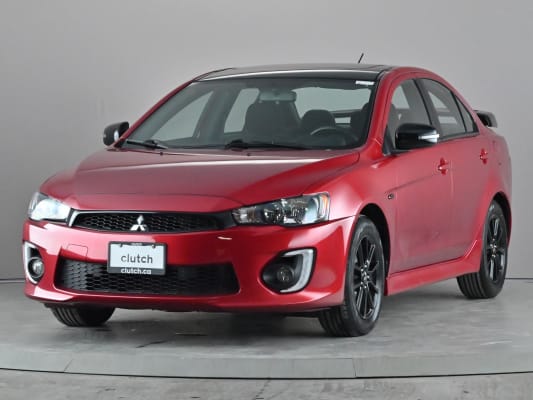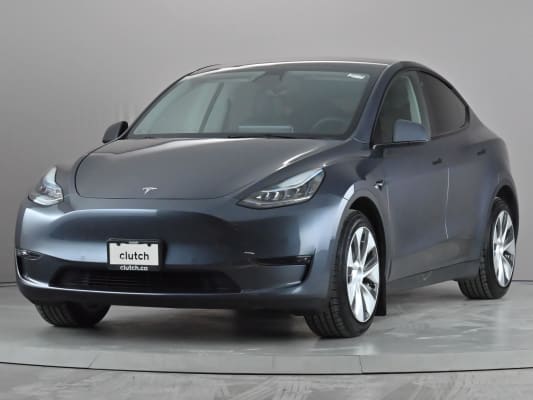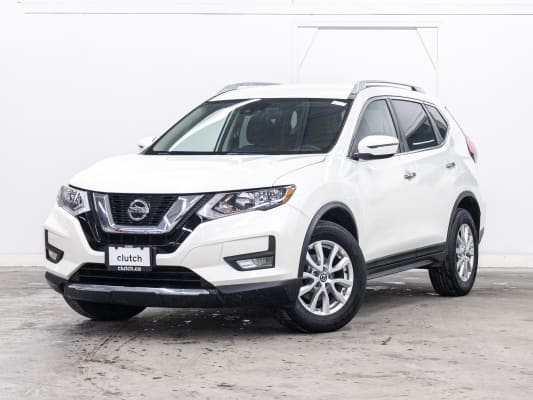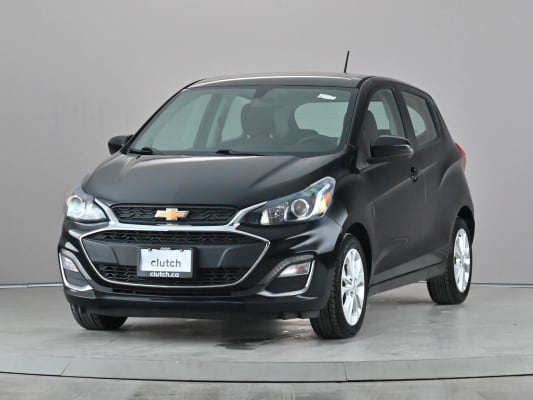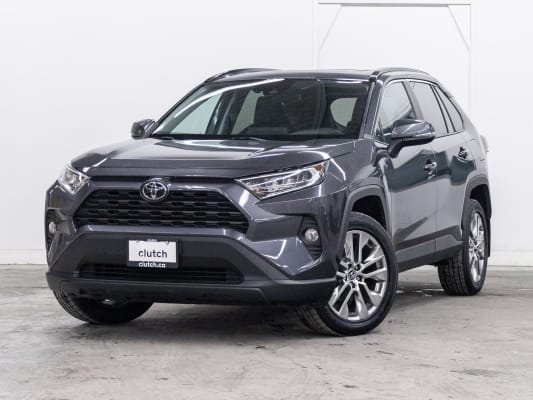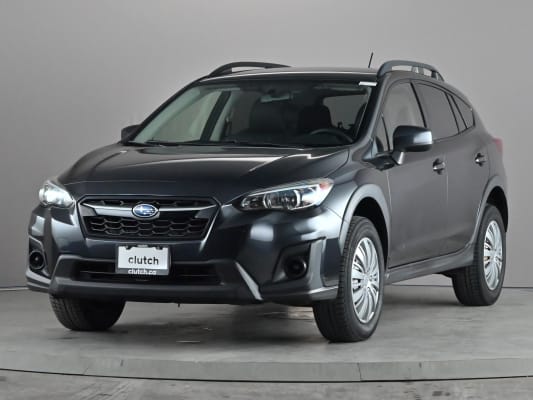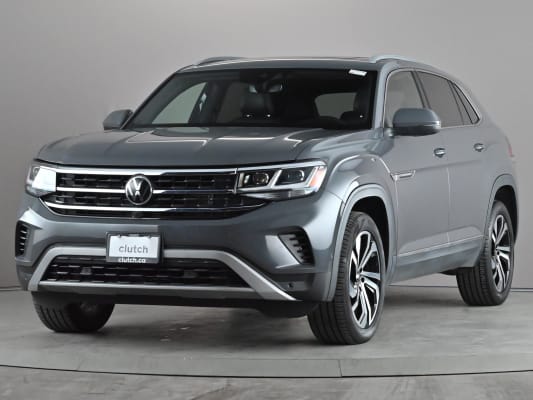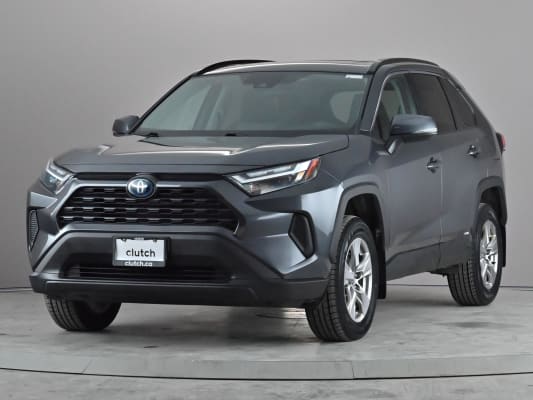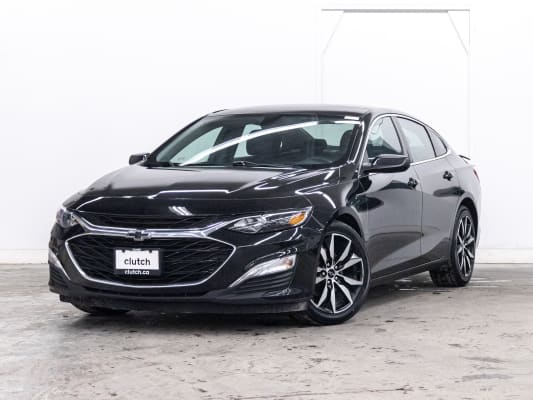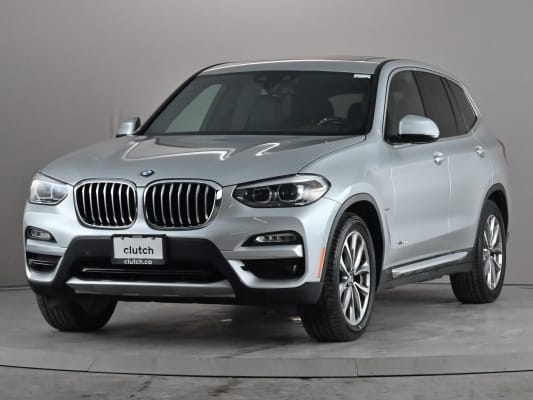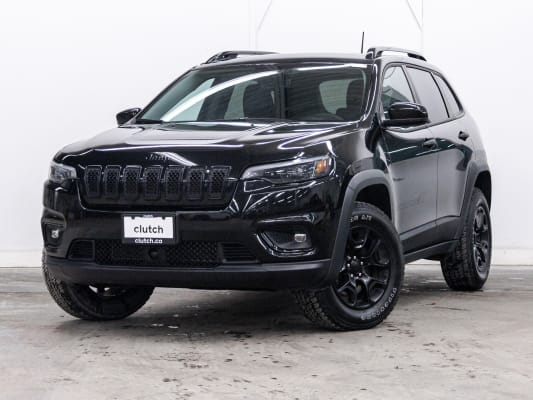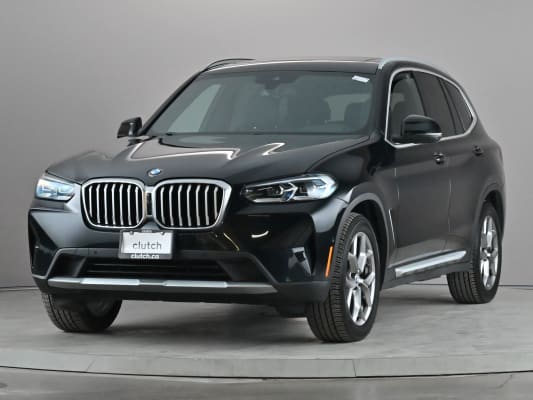When it comes to used compact SUVs, the Ford Escape is a mainstay on Canadian roads. It offers a blend of practicality, affordability, and capability that appeals to drivers from coast to coast. Whether you’re navigating snowy streets in the winter or hauling camping gear in the summer, the Escape delivers versatility in a compact package.
But not every model year is equally reliable. Over its two-decade run, the Escape has seen highs and lows. Some years are known for engine or transmission trouble, while others are celebrated for their durability and value. In this guide, we’ll break down the best Ford Escape years to buy used in Canada, plus which years to steer clear of, common problems to look for, and tips for spotting a well-maintained example.
Best Ford Escape Years to Buy Used

First Generation (2001-2007)
Recommended Years: 2004, 2007
As the debut generation of Ford’s compact SUV, the first-gen Escape offered a rugged, SUV-like look with surprisingly car-like handling. Despite its age, it remains a solid pick if you’re shopping on a tight budget-just make sure to target the right years.
Why 2004 and 2007 Are Smart Picks:
- 2004: By this point, early transmission bugs and rust issues had largely been worked out. It’s a more refined and stable version of the platform than its 2001-2002 predecessors.
- 2007: This final-year model benefited from years of refinement. It has better reliability scores, fewer complaints, and a more modern feel compared to earlier versions. It’s often praised as the most reliable of the generation.
Common Features:
- 2.3L 4-cylinder or optional 3.0L V6
- 4-speed automatic or 5-speed manual transmission
- Available AWD and ABS
- Optional side airbags (varied by trim)
Ideal For:
- First-time SUV buyers, students, or families seeking an affordable AWD vehicle with basic comforts and decent reliability
Years to Avoid: 2001-2002
These early Escapes are known for subframe rust, electrical gremlins, and transmission issues. Several recalls were issued over the years, especially involving corrosion near suspension mounts. Unless you find one with proof of extensive rustproofing and excellent service history, skip these years.
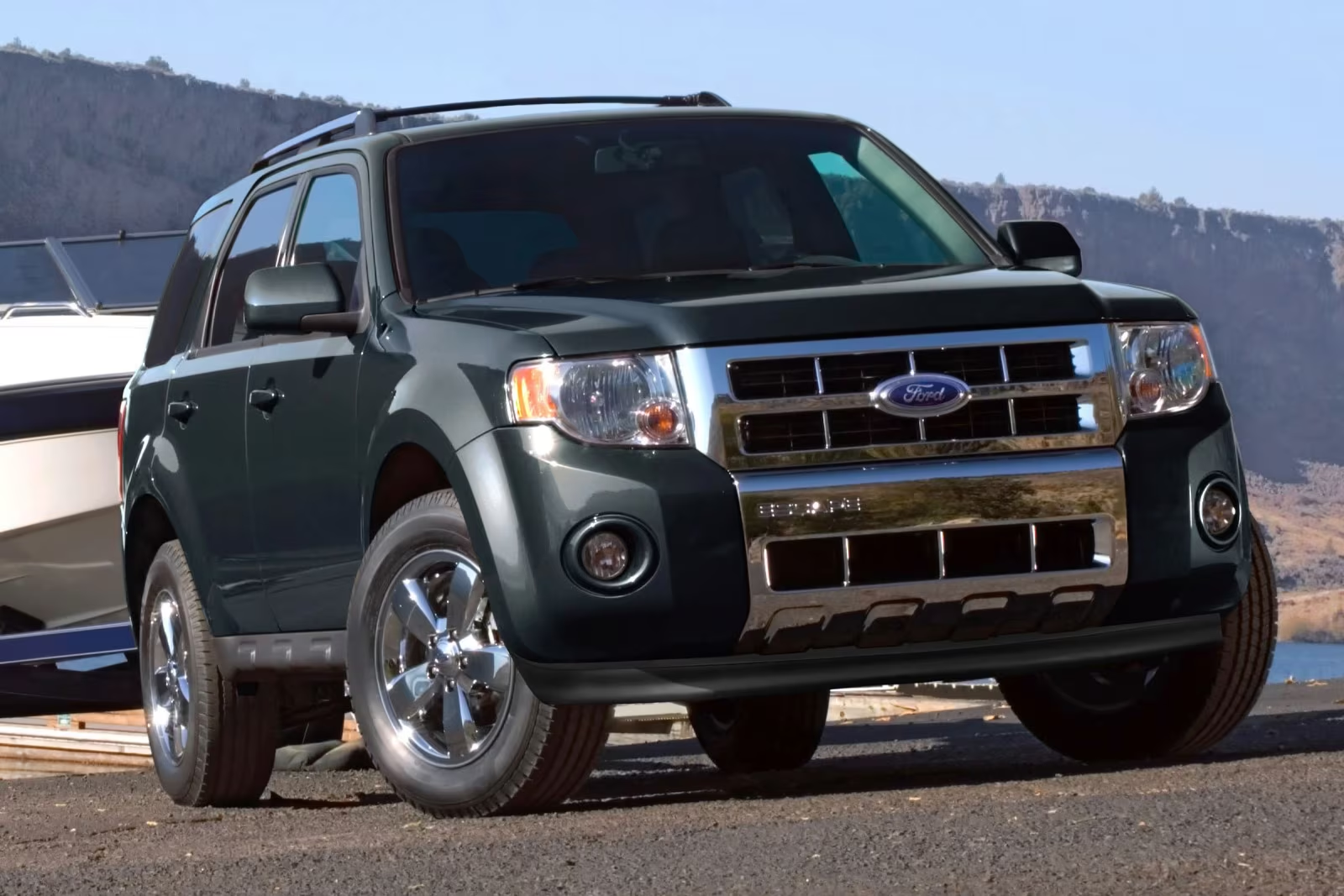
Second Generation (2008-2012)
Recommended Year: 2012
The second-generation Escape received a boxier, more upright redesign and introduced updated powertrains and improved safety features. However, the early years of this generation were plagued by reliability concerns, particularly related to the transmission and steering.
By 2012, Ford had resolved many of these issues. The 2012 Escape stands out as the most dependable of the bunch. It boasts improved build quality, a smoother powertrain, and fewer recalls than previous years.
Why 2012 Is a Good Pick
- Fewer reported issues with power steering and transmission
- Strong reliability ratings from both owners and third-party reviewers
- Last year, before a complete redesign, meaning Ford had refined the platform
Common Features
- 2.5L 4-cylinder or available 3.0L V6
- 6-speed automatic transmission
- Optional 4WD
- Stability control and side curtain airbags became standard
Ideal For
- Budget-conscious families, commuters, or drivers seeking a simple, proven SUV with solid winter handling
Years to Avoid: 2008 to 2010
These earlier models are best avoided. Common complaints include transmission failure, loss of power steering, faulty throttle bodies, and brake issues. They were also subject to numerous recalls, with 2008 widely cited as one of the worst years for the Escape.

Third Generation (2013-2019)
Recommended Years: 2017 to 2019
The third-generation Escape brought a major redesign, with sleeker styling, new EcoBoost engines, and a more refined interior. It also introduced advanced features like touchscreen infotainment and active safety options. However, early models suffered from a range of mechanical issues that hurt the Escape’s reputation during this era.
By 2017, Ford had addressed many of these problems. The 2017 to 2019 Escapes offer a much more reliable experience, with updated styling, improved drivability, and fewer reported issues.
Why 2017 to 2019 Are Good Picks
- Fewer complaints about engine and transmission problems
- Mid-cycle refresh in 2017 added improved tech and revised styling
- J.D. Power gave high reliability scores to 2017 and 2019 models
Common Features
- 1.5L or 2.0L EcoBoost turbocharged engines
- Available AWD
- Sync 3 infotainment system with Apple CarPlay and Android Auto
- Optional safety features like blind-spot monitoring and lane keep assist
Ideal For
- Urban families, tech-savvy drivers, and commuters seeking a balance of power, comfort, and fuel efficiency
Years to Avoid: 2013 to 2014
The first two years of this generation are associated with widespread issues. Many owners reported engine stalling, overheating, coolant leaks, and persistent transmission trouble. These problems were significant enough to trigger multiple recalls and service bulletins. Unless fully repaired and documented, these years pose long-term ownership risks.
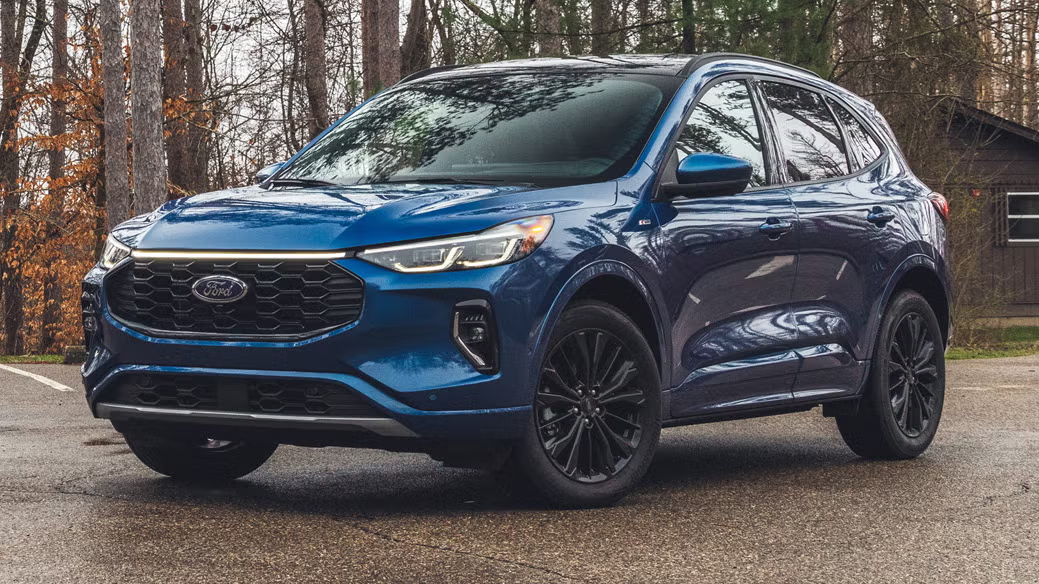
Fourth Generation (2020-Present)
Recommended Years: 2021 to 2023
With the launch of the fourth generation, the Escape adopted a more car-like driving experience, improved fuel efficiency, and introduced hybrid and plug-in hybrid options. It also gained a suite of standard driver-assistance features and a more refined cabin. While these updates modernized the Escape, early production years introduced new problems that are still being addressed.
The 2021 to 2023 models are your safest bets in this generation, offering strong reliability so far and the benefit of updated components and software patches.
Why 2021 to 2023 Are Good Picks
- Recalls related to the 1.5L EcoBoost fuel system were mostly addressed by these years
- Strong safety scores and advanced tech across trims
- Improved ride quality and cabin quietness over previous generations
Common Features
- 1.5L or 2.0L EcoBoost engines, plus available hybrid and plug-in hybrid options
- Ford Co-Pilot360 safety suite (pre-collision assist, blind-spot monitoring, lane keep assist)
- Optional AWD
- Touchscreen infotainment with Apple CarPlay and Android Auto
Ideal For
- Drivers looking for modern safety, excellent fuel efficiency, and a comfortable ride in a compact SUV
Years to Avoid: 2020 to early 2022 (1.5L models)
Early fourth-gen models, particularly those with the 1.5L EcoBoost engine, were affected by a serious fuel injector defect that could lead to engine fires. While Ford issued recalls and software patches, not all vehicles have been permanently repaired. If considering a 2020 or early 2022 model, confirm with a Ford dealer that the recall work has been completed.
Common Ford Escape Problems by Model Year
While the Escape has evolved significantly over the years, certain issues have surfaced repeatedly across specific model years. Here’s a breakdown of the most frequently reported problems Canadian used-car buyers should be aware of.
2001-2002: Rust and Suspension Corrosion
Early Escapes were prone to significant corrosion, especially in salt-exposed provinces. A critical area was the subframe and lower control arms, which could rust out and compromise suspension safety.
2008-2010: Transmission and Steering Failures
These years were affected by widespread transmission issues, including harsh shifting and outright failure. Electric power steering problems also led to costly repairs or replacements, sometimes without warning. Brake systems were another weak point, with several recalls issued.
2013-2014: Engine and Cooling System Problems
Many owners reported engine overheating, misfires, and stalling. These were often linked to faulty head gaskets or coolant intrusion in the EcoBoost engines. Some vehicles also experienced premature turbo failure and electrical gremlins.
2020-2022: Fuel Injector Cracks and Fire Risk
Escapes with the 1.5L EcoBoost engine in these years were subject to recalls due to fuel injectors that could crack, leaking fuel near hot engine components. The defect posed a serious fire risk, prompting software updates and ongoing recall campaigns. Repairs should be verified before purchase.
What to Look for in a Used Ford Escape
Buying a used Escape in Canada can be a smart decision, but condition and maintenance history matter just as much as the model year. Here’s what to check before making your purchase:
- Maintenance Records: Look for consistent oil changes and service intervals. Pay close attention to records for transmission servicing, recall repairs, and coolant system checks on EcoBoost engines.
- Recall Completion: Verify whether open recalls, especially for the 1.5L fuel injector issue (2020-2022), have been addressed. You can check a vehicle’s VIN through Transport Canada’s recall database or directly with a Ford dealer.
- Transmission Health: Test the transmission for hesitation, jerking, or delays in shifting-especially in 2008-2014 models. These signs may indicate internal wear or looming failure.
- Rust Inspection: Inspect the undercarriage, especially near suspension mounts and control arms in older models. Surface rust is common in Canada, but structural corrosion is a red flag.
- Engine Performance: On a test drive, monitor for signs of misfiring, excessive engine noise, overheating, or a check engine light-especially in 2013-2014 EcoBoost models.
- Interior and Electronics: Ensure all features work, including infotainment systems, climate controls, and advanced safety features in newer models. Electrical issues have been reported in several generations.
- Tires and Suspension: Check for uneven tire wear, which may indicate alignment issues or worn suspension components. Listen for clunks or rattles on rough roads.
Choosing the Best Used Ford Escape
The Ford Escape remains one of Canada’s most accessible and versatile compact SUVs-but picking the right year is key to avoiding costly repairs. For the best mix of reliability, features, and long-term value, focus on:
- 2004 and 2007 from the first generation
- 2012 from the second generation
- 2017 to 2019 from the third generation
- 2021 to 2023 from the current generation (with recall work confirmed)
Avoid model years known for persistent issues, such as 2001-2002, 2008-2010, 2013-2014, and 2020 to early 2022 models with the 1.5L EcoBoost unless there is solid proof of completed recall repairs.
Before you buy, always inspect the vehicle thoroughly, verify service and recall records, and take it for a test drive. A little due diligence goes a long way toward securing a dependable SUV that suits your budget and lifestyle.
Looking for a worry-free used Ford Escape? Clutch offers a wide selection of inspected and reconditioned Ford Escapes, each backed by a 10-day money-back guarantee and free CARFAX report. Browse online at Clutch.ca to find your next Escape today.
{{widget-1}}
FAQs About the Best Ford Escape Years to Buy
Is the Ford Escape a good SUV to buy used in Canada?
Yes, especially certain model years. The Escape offers good winter handling, affordable maintenance, and practical size for Canadian conditions. Just be sure to avoid the years known for transmission or engine issues.
Which Ford Escape engine is the most reliable?
The 2.5L 4-cylinder found in earlier generations (2008–2012) is considered the most durable. The 1.5L EcoBoost in newer models offers better fuel efficiency but has known issues, especially in 2020–2022 models.
Are Ford Escapes expensive to maintain?
Generally, maintenance costs are average for a compact SUV. However, repairs for transmission or turbo-related problems can be costly in problematic years. Choosing a well-maintained model from a reliable year reduces risk.
Is the Ford Escape good in winter?
Yes. Most trims offer available all-wheel drive (AWD), and ground clearance is suitable for snowy conditions. Just be sure your Escape is equipped with quality winter tires.
How long can a Ford Escape last?
With proper maintenance, a Ford Escape can last between 250,000 and 300,000 km. Regular oil changes, prompt repair of issues, and rust prevention are key to longevity.

